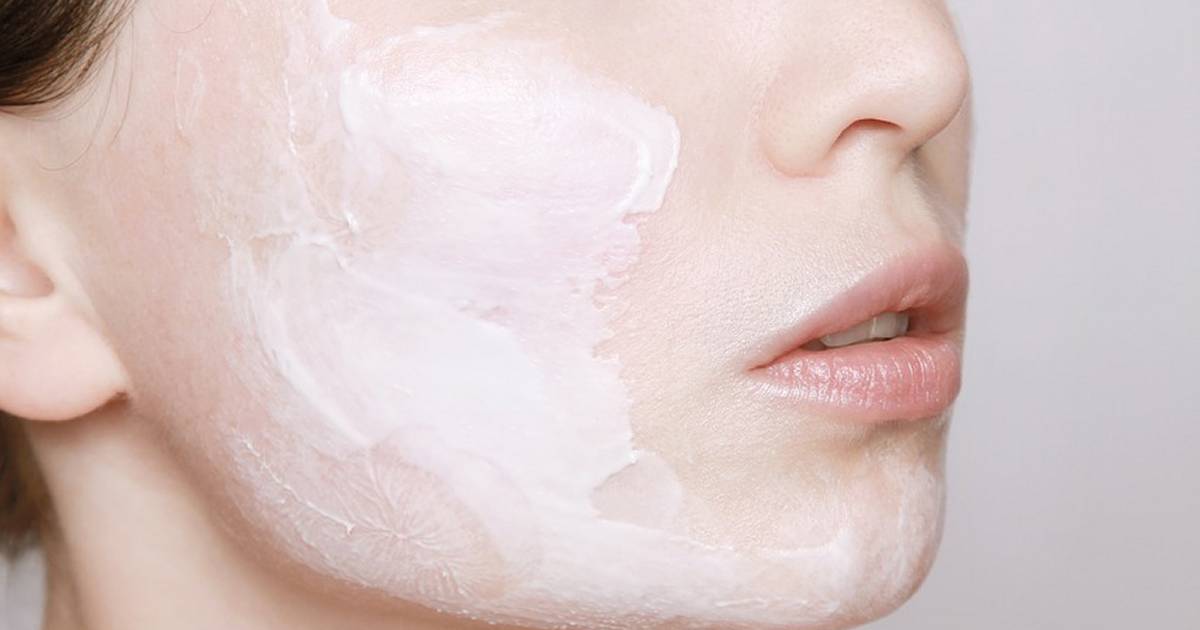CBD Topicals Tested

Topical CBD (cannabidiol) products are becoming increasingly popular – but recent testing indicates some who use them may not be getting what they paid for.
CBD topicals are being used for a number of applications including general cosmetics, moisturising, treating skin irritations and to relieve muscle and joint pain. Research indicates cannabidiol may be effective in treating or managing a number of skin problems.
As an active ingredient it’s important that what’s in the product is reflected by what’s on the label.
Leafreport engaged Canalysis Laboratories to test dozens of CBD topicals including creams, balms, serums and toners, and found 31 of the 40 products contained 12% to 99% cannabidiol versus what was on the label either way (less or more). Just 9 of the products had CBD levels within 10% of the label and 11 were off 30% or more from what the label noted. The majority of the products (31 or 77.5%) contained more CBD than advertised.
While more CBD may sound like a good thing, it raises the question – if a company can’t get CBD levels pretty right, what else is happening with the product? Additionally, more CBD than indicated can make it difficult for a user to determine what they actually need.
LeafReport notes while some variation is expected from a natural product such hemp-derived CBD, it should still be within reasonable levels; i.e. 10% of that claimed. But LeafReport acknowledges topicals are more difficult to formulate and as they often contain small amounts of CBD, a difference of even a few milligrams can have significant impact.
When shopping for CBD topicals, it’s important check third-party lab test results (certificate of analysis – CoA) first – if those aren’t available, perhaps avoid the product altogether.
Full results of the testing, including details on all the products examined, can be found here.
Trivia: Global CBD skin care market sales were valued at US$710 million in 2018, and are projected to reach $959 million by 2024 according to Prohibition Partners’ report, “The Impact Series: Disrupting Beauty.”
420 Intel is Your Source for Marijuana News
420 Intel Canada is your leading news source for the Canadian cannabis industry. Get the latest updates on Canadian cannabis stocks and developments on how Canada continues to be a major player in the worldwide recreational and medical cannabis industry.
420 Intel Canada is the Canadian Industry news outlet that will keep you updated on how these Canadian developments in recreational and medical marijuana will impact the country and the world. Our commitment is to bring you the most important cannabis news stories from across Canada every day of the week.
Marijuana industry news is a constant endeavor with new developments each day. For marijuana news across the True North, 420 Intel Canada promises to bring you quality, Canadian, cannabis industry news.
You can get 420 Intel news delivered directly to your inbox by signing up for our daily marijuana news, ensuring you’re always kept up to date on the ever-changing cannabis industry. To stay even better informed about marijuana legalization news follow us on Twitter, Facebook and LinkedIn.




